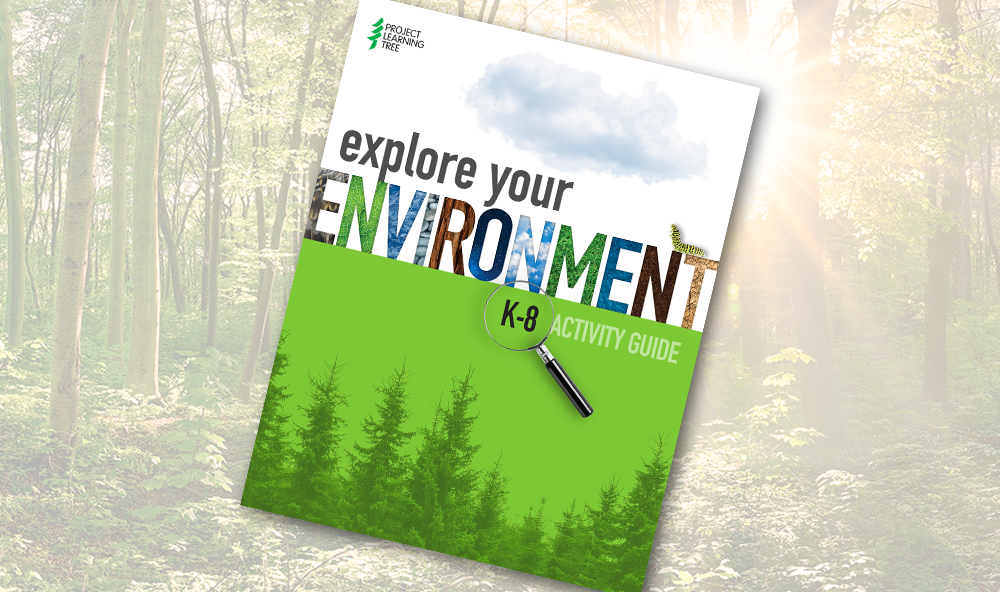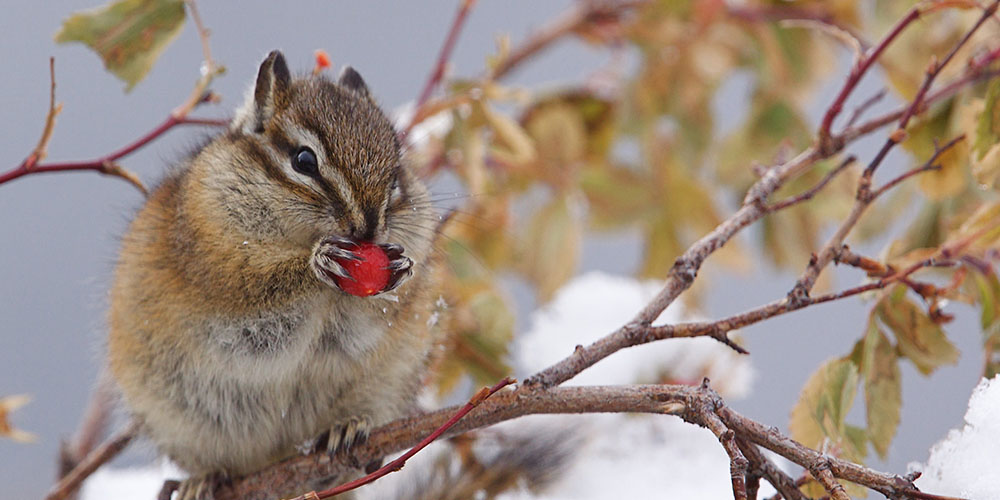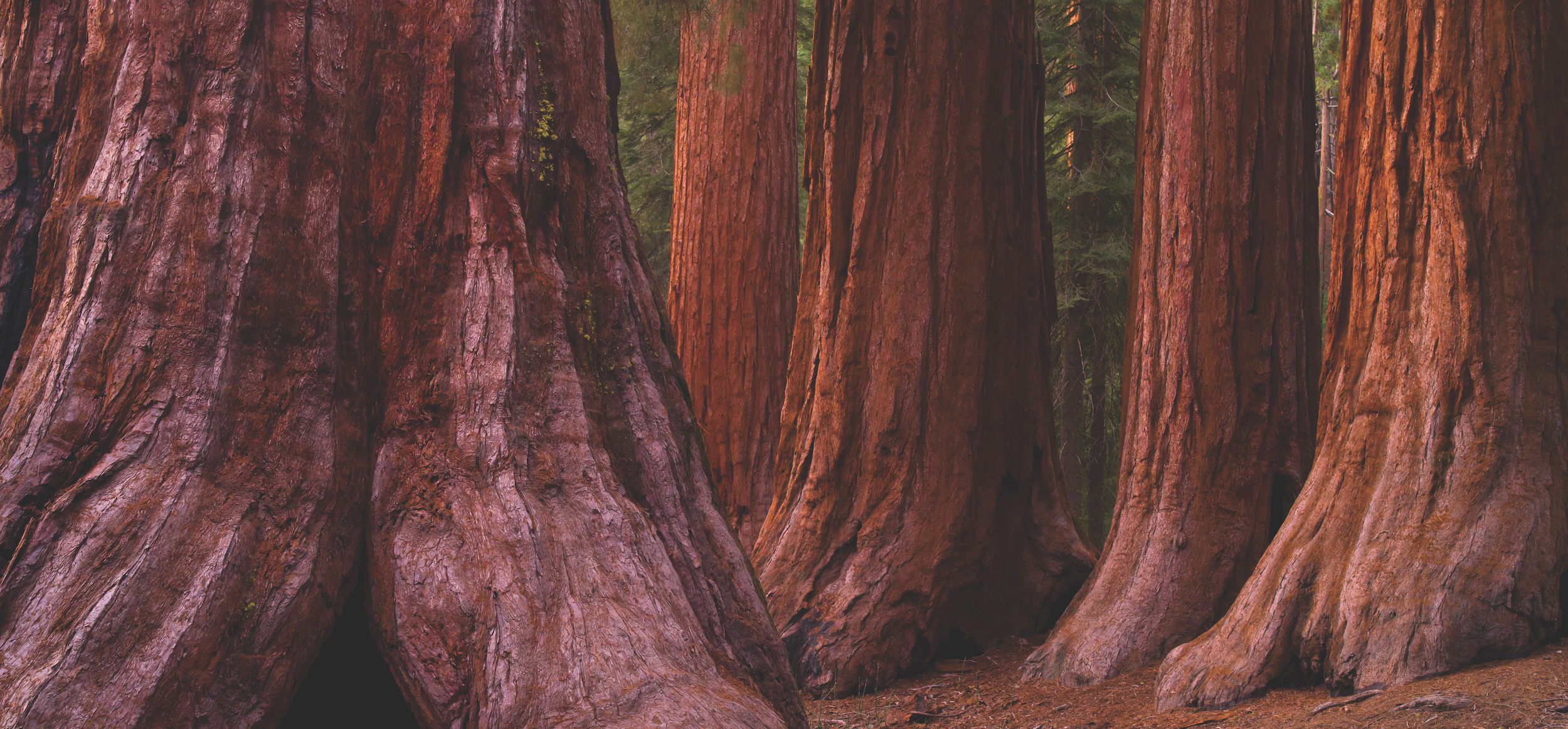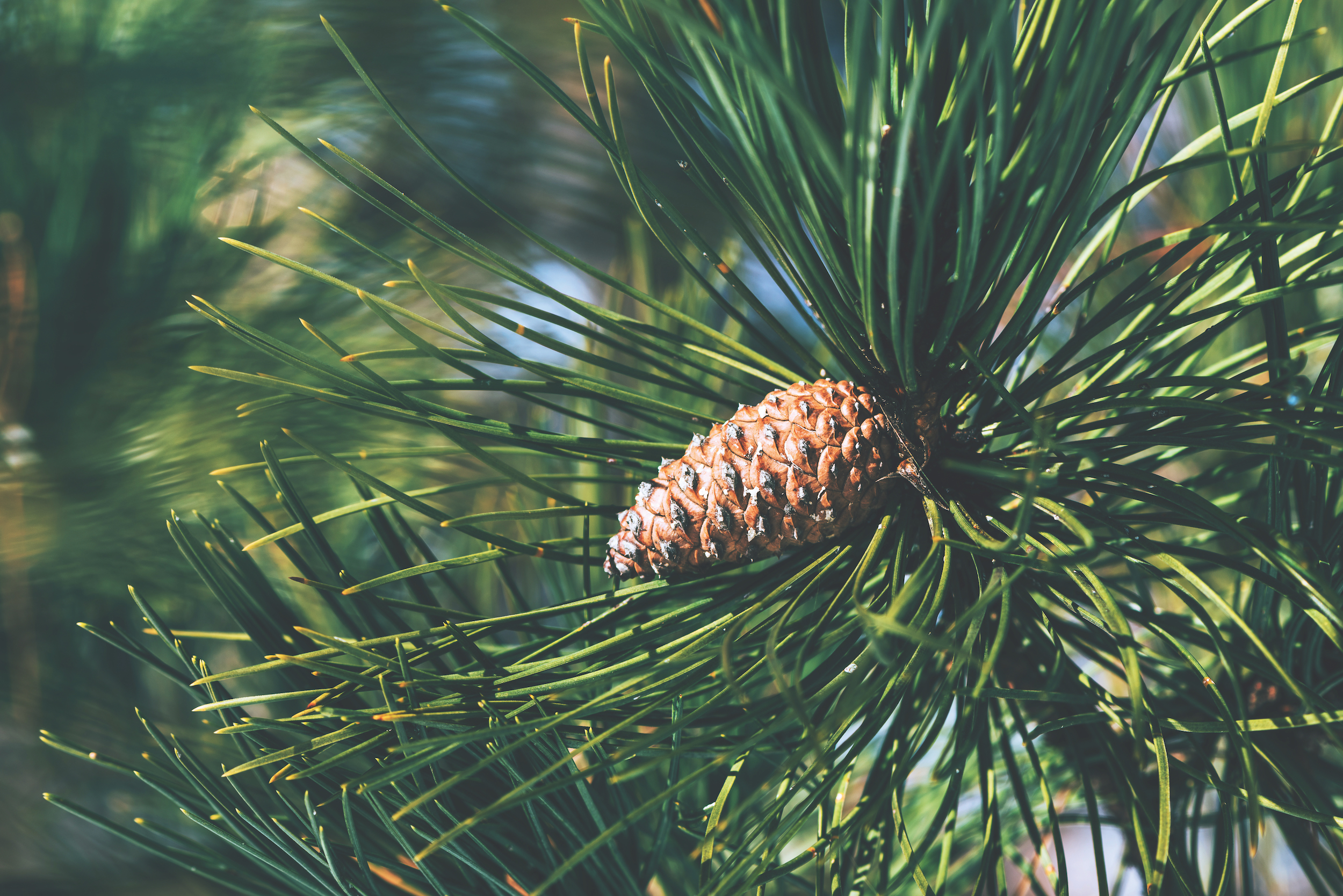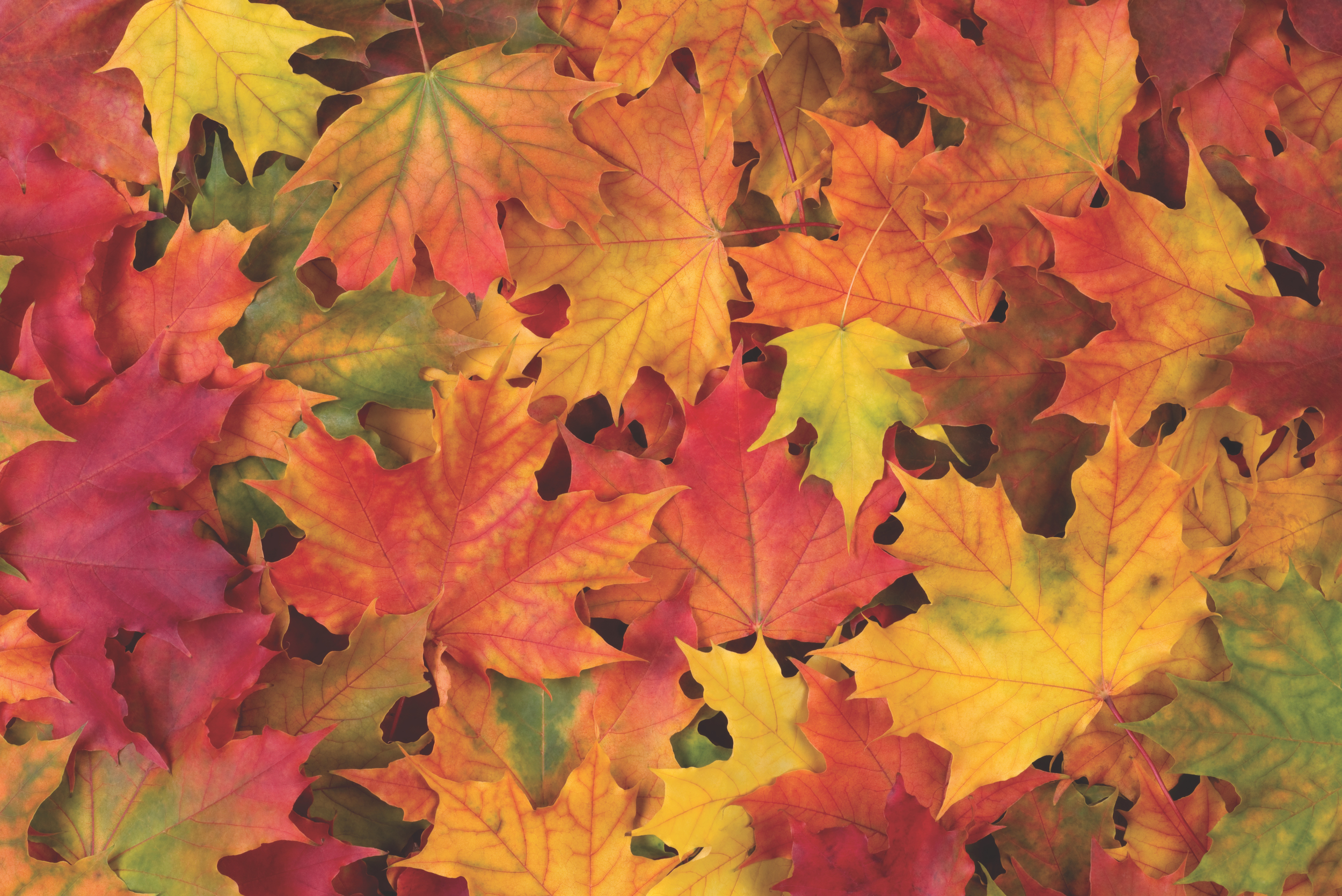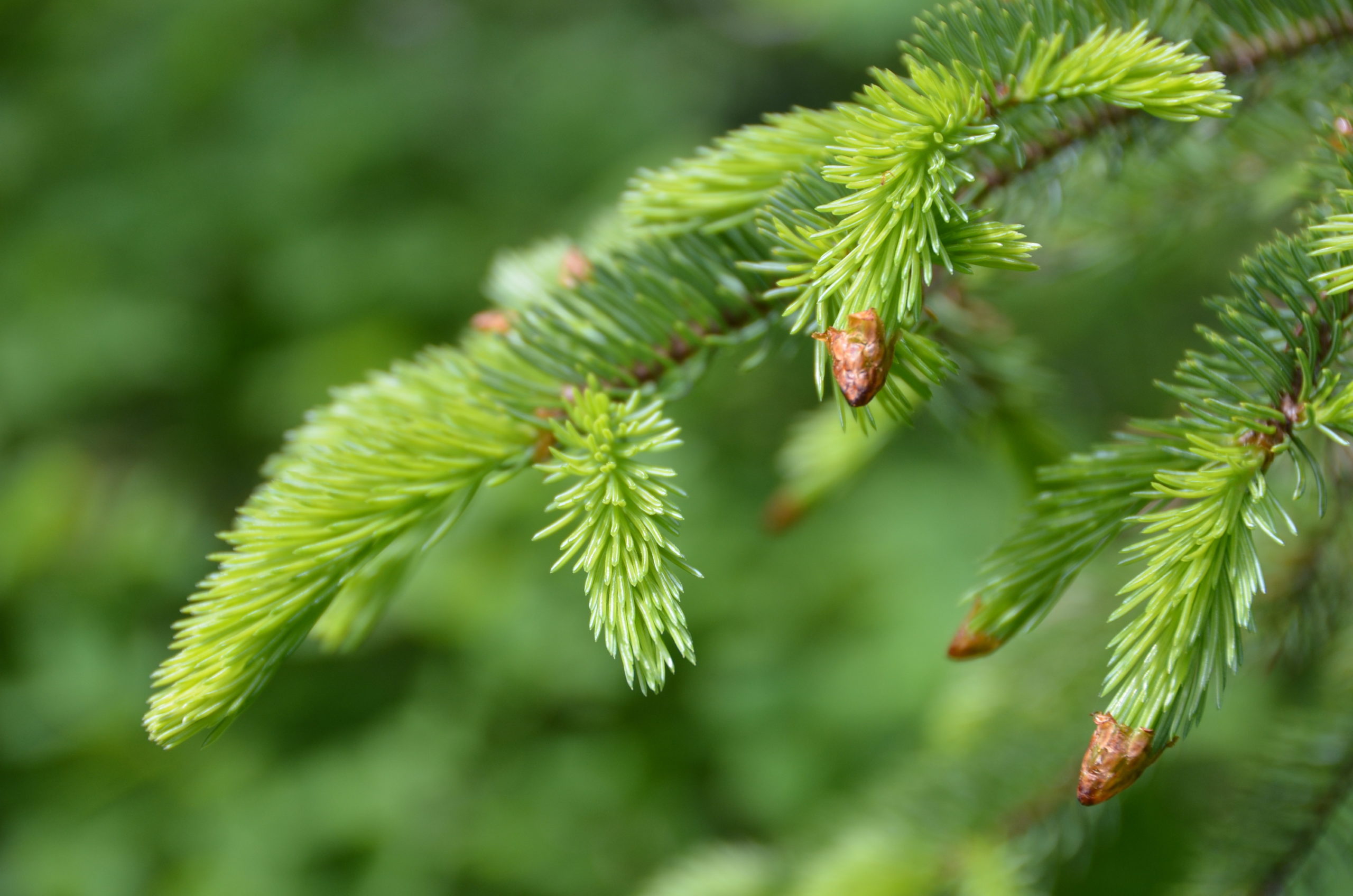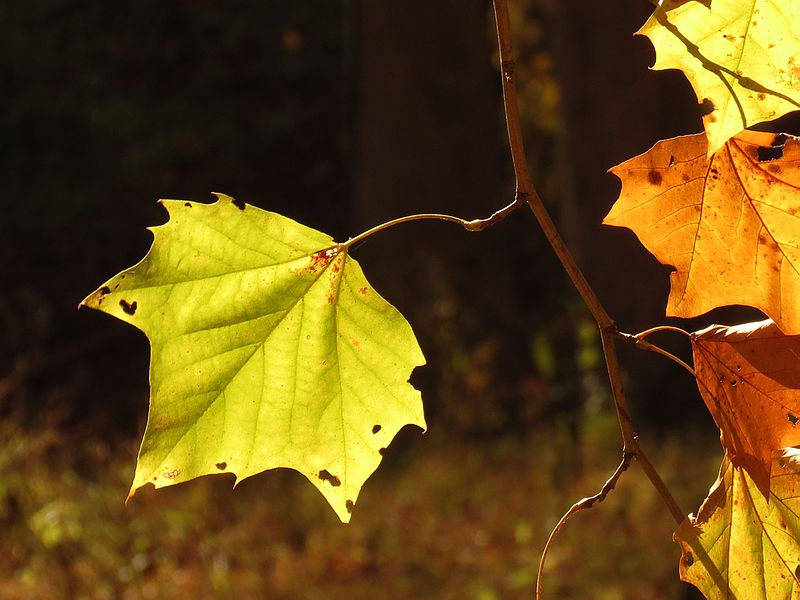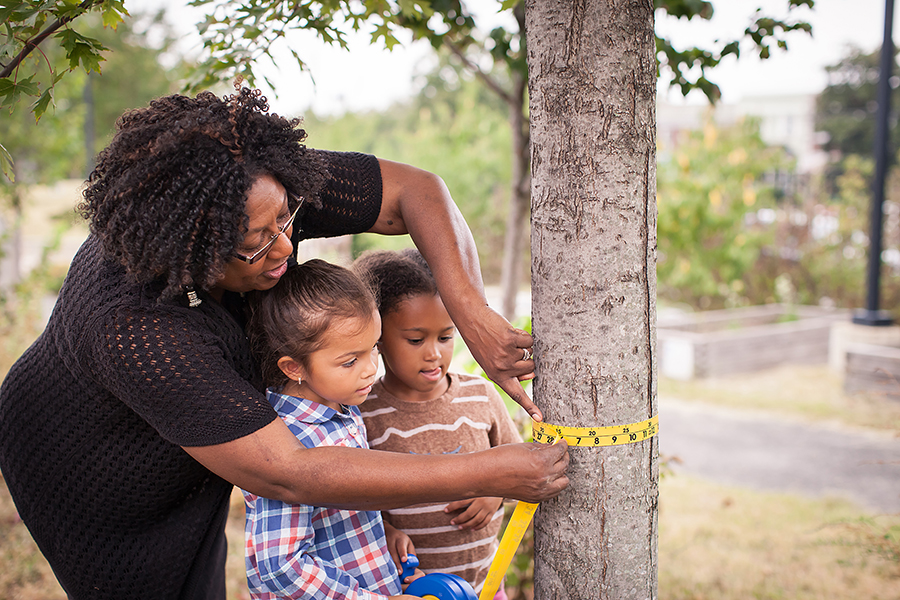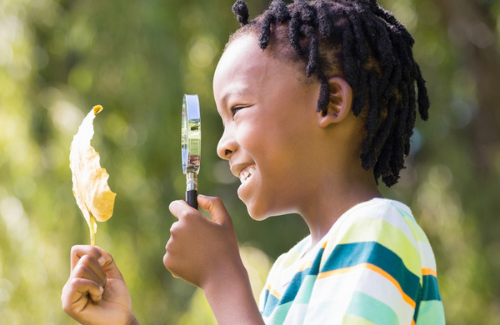November 28, 2022 | By Rae
For grades 3-5. Students focus on forests (one of the largest and most complex types of ecosystems) and come to understand some of the interactions present in all ecosystems.
December 28, 2020 | By Project Learning Tree
Trees come in many shapes and sizes. Students become familiar with tree structure and scale by using different methods to measure them and by making comparisons. They learn the importance of standardized measurements and proper measuring techniques.
December 28, 2020 | By Project Learning Tree
Tree species can be identified by looking at several different features: leaves, bark, twigs, flowers, fruit, and seeds. Even the overall shape of a tree can give clues to the tree’s identity.
December 28, 2020 | By Project Learning Tree
Students will look for signs of autumn and conduct an investigation to discover why the leaves of deciduous trees change color in the fall.
December 14, 2020 | By Project Learning Tree
This Learn About Forest activity is perfect for forest sector professionals leading outreach events, career days, or field visits with youth. Learners model how trees compete with each other for nutrients, sunlight, space, and water.
August 25, 2016 | By Project Learning Tree
August 25, 2016 | By Project Learning Tree
August 25, 2016 | By Project Learning Tree
August 25, 2016 | By Project Learning Tree
